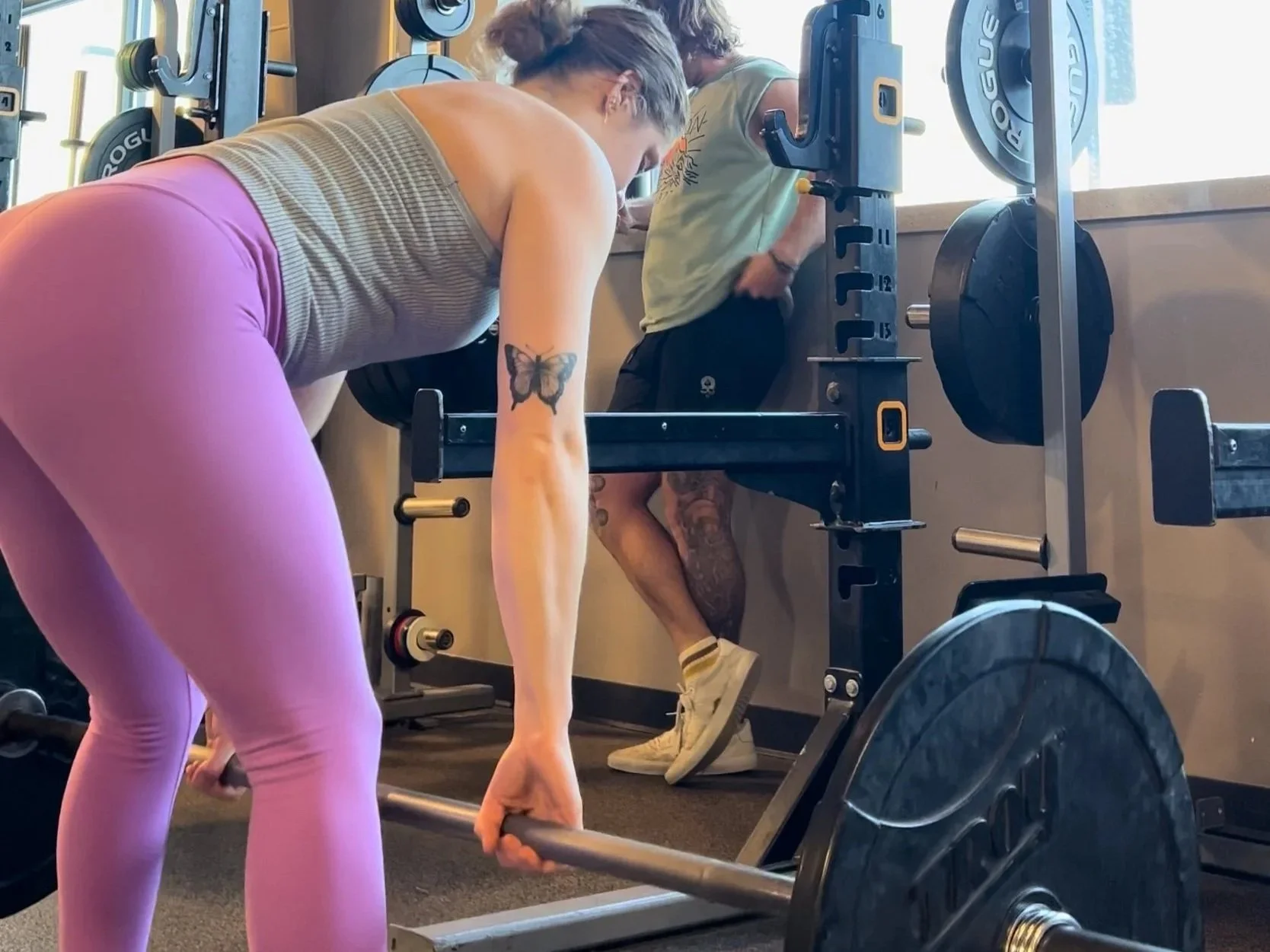When Can I Start Exercising Postpartum?
“I don’t know if I’m allowed to exercise yet.”
A phrase I hear way too often. And rightfully so — we live in a society that, for centuries, has made women fearful of their own bodies. Shifting away from that fear and uncertainty takes time.
The good news? We are moving away from it.
A huge shoutout to Dr. Margie Davenport, who has dedicated her career to researching pregnancy and postpartum exercise—using science to prove what many of us have always sensed deep down: our bodies are extraordinary. They literally grow and birth life! That’s no small feat.
So… Can you exercise postpartum?
The answer isn’t just yes — it’s that you should and the sooner you begin moving, the better your postpartum recovery will be. Movement supports your recovery both physically and mentally, helping you reconnect with your body in a positive, empowering way.
🩷 Physical activity within the first 12 weeks postpartum is associated with:
Reduced odds of depression
Reduced odds of urinary incontinence
Improvements in symptom severity of:
Depression
Anxiety
Lumbopelvic pain
Fatigue
Changes in weight, BMI, and triglycerides
🚫 Physical activity within the first 12 weeks postpartum is not associated with:
Increased risk of harm or injury
Increased risk of adverse events
Decreased breastmilk quality or quantity
📊 According to the 2025 Canadian Guidelines for Physical Activity Throughout the First Year Postpartum:
Within the first 12 weeks postpartum, individuals should aim for at least 120 minutes of moderate-to-vigorous physical activity per week, spread over at least four days.
Pelvic floor training is recommended daily to encourage rehabilitation of the muscles affected by pregnancy and delivery. This can be as simple as tuning into your breath and noticing how your pelvic floor responds as you inhale and exhale, or gently moving your body with awareness. Click here for examples of gentle movement that helps you connect and release tension in your pelvic floor.
In most cases, physical activity does not require clearance from your OBGYN postpartum due to its low risks. See below for a list of relative contraindications. The Get Active Questionnaire for Postpartum is also a great tool to use to help you know if you should consult with your physician (click here for the Get Active Questionnaire for Postpartum). Your physician, for the most part, will not be excluding physical activity but recommend physical activity with appropriate modifications. My 6 Week Postpartum Reset is a great example of safe movement options that are focus on rehabilitation of the pelvic floor muscles, are low intensity, and help you feel good in your body. Click Here to learn more.
What I see, as a common concern postpartum that does not require clearance, are those recovering from a cesarean birth or perineal tear. It is not recommended to consult your physician prior to physical activity participation. We know gentle walking and movement is actually recommended, in these cases, as soon as you feel able, since it promotes circulation and helps reduce postoperative complications.
Whatever the case, when it comes to exercise, start with light-intensity activity (such as walking or gentle movement) and gradually progress to moderate-to-vigorous intensity based on your symptoms and energy levels. There’s no one-size-fits-all timeline — recovery is individual and guided by you and your experience. Click Here for tips on having time for physical activity as a new mom!
Relative Contraindications (Consult with your physician prior to physical activity participation)
-Severe abdominal pain
-Malnutrition
-Vaginal bleeding not associated with menses
-Excessive fatigue suggestive of anemia or low energy availability (e.g., relative energy deficiency in sport)
-Postpartum cardiomyopathy
-Loss of consciousness for any reason
-Cesarean section with symptoms that worsen with moderate-to-vigorous physical activity (e.g., surgical incision pain)
-Acute systemic infection accompanied by fever, body aches, or swollen lymph glands
-High blood pressure (>140/90 mmHg systolic/diastolic) that is not stable
-Fractures or other significant musculoskeletal injuries
-Eating disorder
-Kidney disease
-Hemodynamic instability
-New symptoms of heart disease or stroke
-Breathing difficulties, such as shortness of breath at rest that is not relieved with medications
-New onset of chest pain, discomfort, or other angina-like symptoms with exertion
-Dizziness or lightheadedness during moderate-to-vigorous physical activity
-Neurological symptoms such as ataxia or muscle weakness affecting balance
-Other medical or physical conditions that may affect the ability to be physically active
-Calf pain or swelling suggestive of deep vein thrombosis
Davenport MH, Ruchat S, Jaramillo Garcia A, et al. 2025 Canadian guideline for physical activity, sedentary behaviour and sleep throughout the first year post partum. British Journal of Sports Medicine 2025;59:515-526.
Engel O , Haikin Herzberger E , Yagur Y , et al. Walking to a better future? Postoperative ambulation after cesarean delivery and complications: A prospective study. Int J Gynaecol Obstet 2022;157:391–6. doi:10.1002/ijgo.13815


